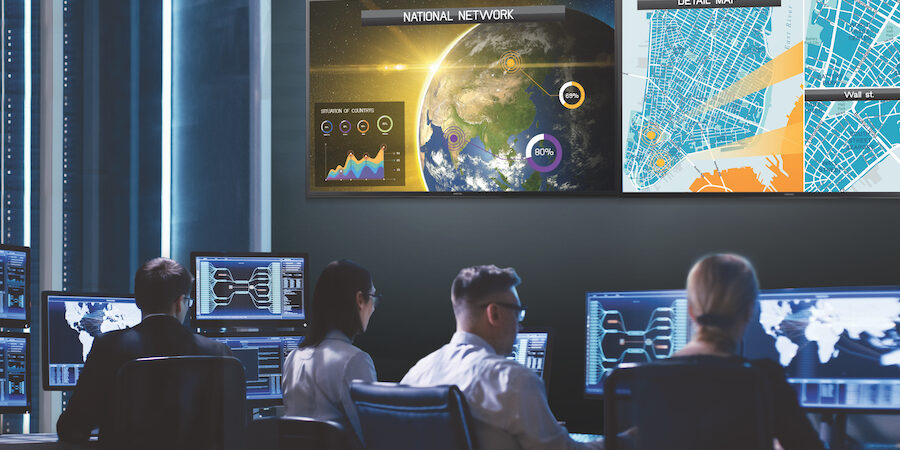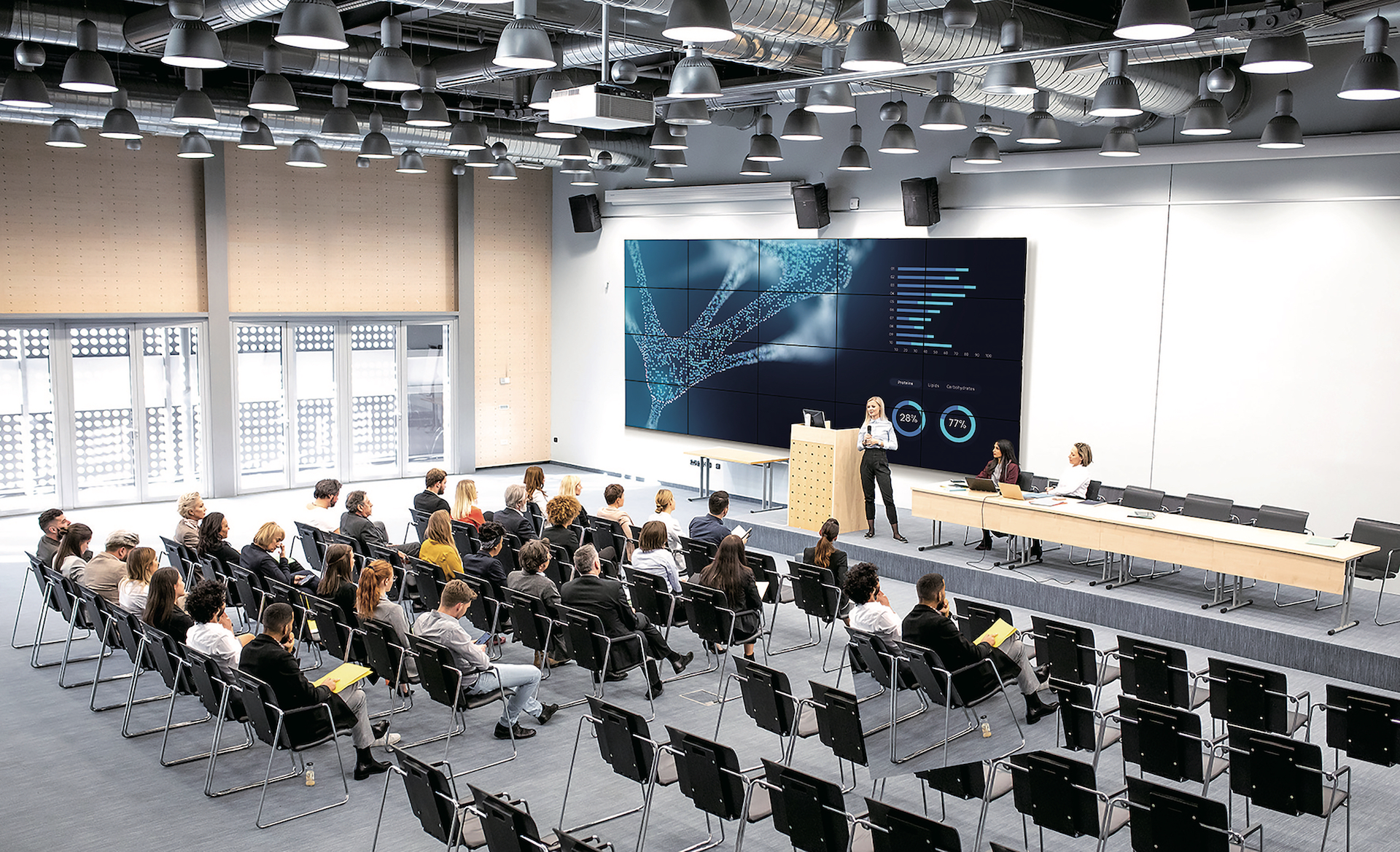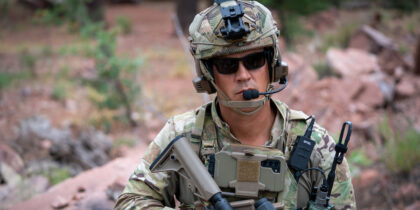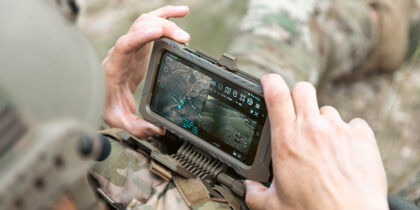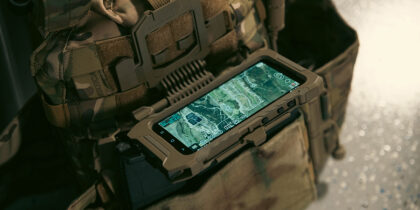Real time crime centers (RTCCs) have become increasingly prevalent in law enforcement agencies across the country. These centers serve as centralized hubs where public safety professionals can gather, analyze and disseminate information and intelligence as it evolves. This can dramatically increase operational effectiveness and even improve officer safety through heightened situational awareness.
Not surprisingly, RTCCs can be costly to implement. Fortunately, there is significant federal funding available that can be accessed to help cities and counties establish or significantly expand an RTCC.
What to know about available federal funding
The American Rescue Plan Act (ARPA) is a $1.9 trillion bill that was signed into law on March 11, 2021, and will distribute more than $360 billion for infrastructure. Funds must be obligated no later than the end of 2024 and fully expended by the end of the 2026 federal fiscal year.
The Infrastructure Investment and Jobs Act (IIJA) was signed into law on November 15, 2021. It allocates $1.2 trillion for transportation and infrastructure spending with almost half of the funding dedicated to new investments and programs. Funds will be distributed based on a combination of state-specific allocation and competitive grants. IIJA funding is intended to support projects through the end of the federal 2026 fiscal year.
Both the ARPA and IIJA initiatives provide substantial funding for city and county public safety organizations. These funds can be utilized for various purposes, including the establishment of an RTCC or upgrading existing RTCC capabilities. Agencies should closely review the specific guidelines, eligibility criteria and application processes to make the most of available resources. It is important to act promptly as these funding opportunities have required milestone deliverables and funding deadlines. Municipal police departments can review relevant ARPA and IIJA information published by the National League of Cities. County sheriff organizations can access ARPA and IIJA information compiled by the National Association of Counties.
RTCC operational benefits
RTCCs facilitate data-driven decision making and improve law enforcement coordination. They are particularly well suited to displaying multiple video streams and integrating data from several sources. RTCCs allow agency personnel to respond more quickly and make better decisions, which improves safety for both officers and the communities they serve. RTCCs also facilitate multi-agency collaboration and support proactive crime prevention and suppression. The growing commitment to smart and safe cities/counties further emphasizes the importance of establishing or upgrading RTCCs to harness technology’s transformative power in ensuring public safety.
RTCCs are scalable
RTCCs are not just for large agencies. The RTCC concept is scalable and can be adapted to meet the operational needs of jurisdictions of all sizes. Many organizations are converting existing space, such as a break room or storage area, into a functional RTCC. Smaller agencies may benefit from a regional approach that allows for cost-sharing and resource pooling among neighboring communities, enabling them to collectively enhance their capabilities in crime prevention, incident response and information analysis. A regional RTCC can improve agency relationships and identify crime trends that may have individually gone unnoticed. From a regional perspective, small to medium-sized agencies can leverage the advantages of RTCCs and maximize the effectiveness of their public safety efforts. This type of collaborative effort is often viewed favorably by grant reviewers.
The value of video
Video is playing an increasingly important role in public safety with many agencies now having access to real-time, on-demand feeds from schools, traffic control cameras, and even cooperative businesses. Although RTCCs handle all types of data, the value of video is immense, allowing for informed response as well as providing beneficial evidence for investigative follow-up. In addition to the live-feed benefits, emerging capabilities in video content analytics are ushering in a new era with the capacity to efficiently review and analyze video, delivering a transformative advantage and increasing the significance of video in solving crimes.
Transform government training for tomorrow
Discover how government agencies can harness the latest technology trends for training and learning. Download Now
Essential RTCC technology
RTCCs require robust technological capabilities because they serve as critical hubs where operators need rapid and continuous access to critical information presented in a clear and easily understandable format. The supporting information systems must be readily available, flexible and responsive to support their operations.
LED video walls
Implementing a large-scale LED video wall as the central fixture in the RTCC provides real-time visualizations of critical data, surveillance feeds, and situational updates. LED video walls offer enhanced clarity, high resolution, and scalability, ensuring optimal information display. Samsung Wall All-in-One is engineered to be placed into operation out of the box and is a great turn-key solution for RTCCs of all sizes. With the Wall All-in-One, agencies can simply choose the desired size and resolution and be assured of a complete, easy-to-install, brilliant display solution. There are three pre-configured sizes to choose from 110-inch 2K, 146-inch 2K, or 146-inch 4K. Time-consuming configuration between the control box and cabinet is no longer needed. The Wall All-in-One integrates the control box into the display, eliminating a cumbersome configuration process that means the display can be placed into operation quickly.
In addition, there’s a secure version of Samsung Wall All-in-One, designed for the most secure user applications. This secure version does not have any Wi-Fi or Bluetooth communication signals.
High-resolution monitors
Placed strategically throughout an RTCC, high-resolution monitors provide individual workstations with detailed views of surveillance footage, data analytics, operational dashboards and communication channels. They allow for an on-demand expansion or individualized deep-dive that may not be relevant to other operators. Widescreen monitors facilitate multitasking and make it easier to keep up with ever-changing information. Samsung S95UA monitor has a built-in KVM switch, which lets operators use keyboard shortcuts to control multiple sources and easily toggle between apps, enhancing the efficiency of specialized analysts assigned to the RTCC.
Videoconferencing technology
Interactive whiteboards and videoconferencing tools enable seamless collaboration and communication among multiple agencies or divisions involved in crime prevention and/or emergency response. These technologies facilitate virtual meetings, information sharing and coordinated decision-making. They also minimize communication snafus due to a lack of clarity or misunderstanding.
Samsung as a partner
Nowhere is the term “partner” more valued than in public safety, and Samsung is a leading and trusted provider of the display technologies that are so integral to effective RTCC operation. Samsung offers a wide range of LED video walls, high-resolution monitors and videoconferencing technology, including interactive displays. Samsung products are TAA compliant, which means they are approved for use by the U.S. government. By partnering with Samsung, state and local government organizations can ensure seamless integration of advanced technology, efficient project management and long-term support.
Optimize your RTCC
With ARPA and IIJA funds providing unprecedented opportunities for state and local government organizations to invest in upgraded technology, establishing or enhancing a real time crime center becomes feasible. By leveraging these funds and partnering with Samsung, agencies can optimize their RTCC, bolster operational efficiency and improve community safety. Engaging promptly and strategically will enable organizations to make the most of the available funding before it expires, ensuring a robust and future-ready public safety infrastructure.
Learn more about creating secure, flexible and data-driven work environments in government agencies in this free comprehensive guide. And explore more of Samsung’s interactive displays.
Additional resource: The National Real Time Crime Center Association is a non-profit, all-volunteer organization dedicated to serving real time crime centers through identifying training opportunities, networking, identifying best practices and fostering public safety partnerships. Samsung is a proud supporter of the NRTCCA.
